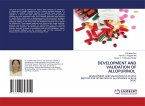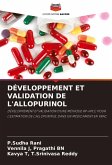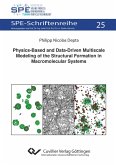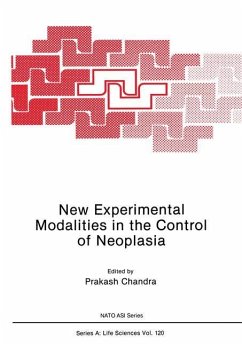Enthalpy data are crucial for design and operation of
efficient chemical processes. Available experimental
enthalpy data accuracy may be questionable when taken
from multiple sources, each perhaps with a unique
reference state and experimental background. The
accuracy of the enthalpy data in the GPA database is
evaluated with the application of equations of state
and statistical analysis.
Electrolyte systems, particularly aqueous electrolyte
mixtures, are an important component of both natural
and industrial processes. A fundamental
understanding of electrolyte mixtures is crucial for
interpreting natural phenomenon and vital for
effective design and operation of chemical process
separations. Accurate thermodynamic models and
better comprehension of the underlying chemistry and
physics are needed to improve the design of
separation equipment. This work describes an
extension and improvement of a
vapor-liquid equilibrium solution method for weak
electrolyte solutions focusing on carbon dioxide
(CO2), hydrogen sulfide (H2S), sulfur dioxide
(SO2) and ammonia (NH3). Additional considerations
include systems of strong electrolytes in solutions
of mixed weak and strong electrolytes.
efficient chemical processes. Available experimental
enthalpy data accuracy may be questionable when taken
from multiple sources, each perhaps with a unique
reference state and experimental background. The
accuracy of the enthalpy data in the GPA database is
evaluated with the application of equations of state
and statistical analysis.
Electrolyte systems, particularly aqueous electrolyte
mixtures, are an important component of both natural
and industrial processes. A fundamental
understanding of electrolyte mixtures is crucial for
interpreting natural phenomenon and vital for
effective design and operation of chemical process
separations. Accurate thermodynamic models and
better comprehension of the underlying chemistry and
physics are needed to improve the design of
separation equipment. This work describes an
extension and improvement of a
vapor-liquid equilibrium solution method for weak
electrolyte solutions focusing on carbon dioxide
(CO2), hydrogen sulfide (H2S), sulfur dioxide
(SO2) and ammonia (NH3). Additional considerations
include systems of strong electrolytes in solutions
of mixed weak and strong electrolytes.








